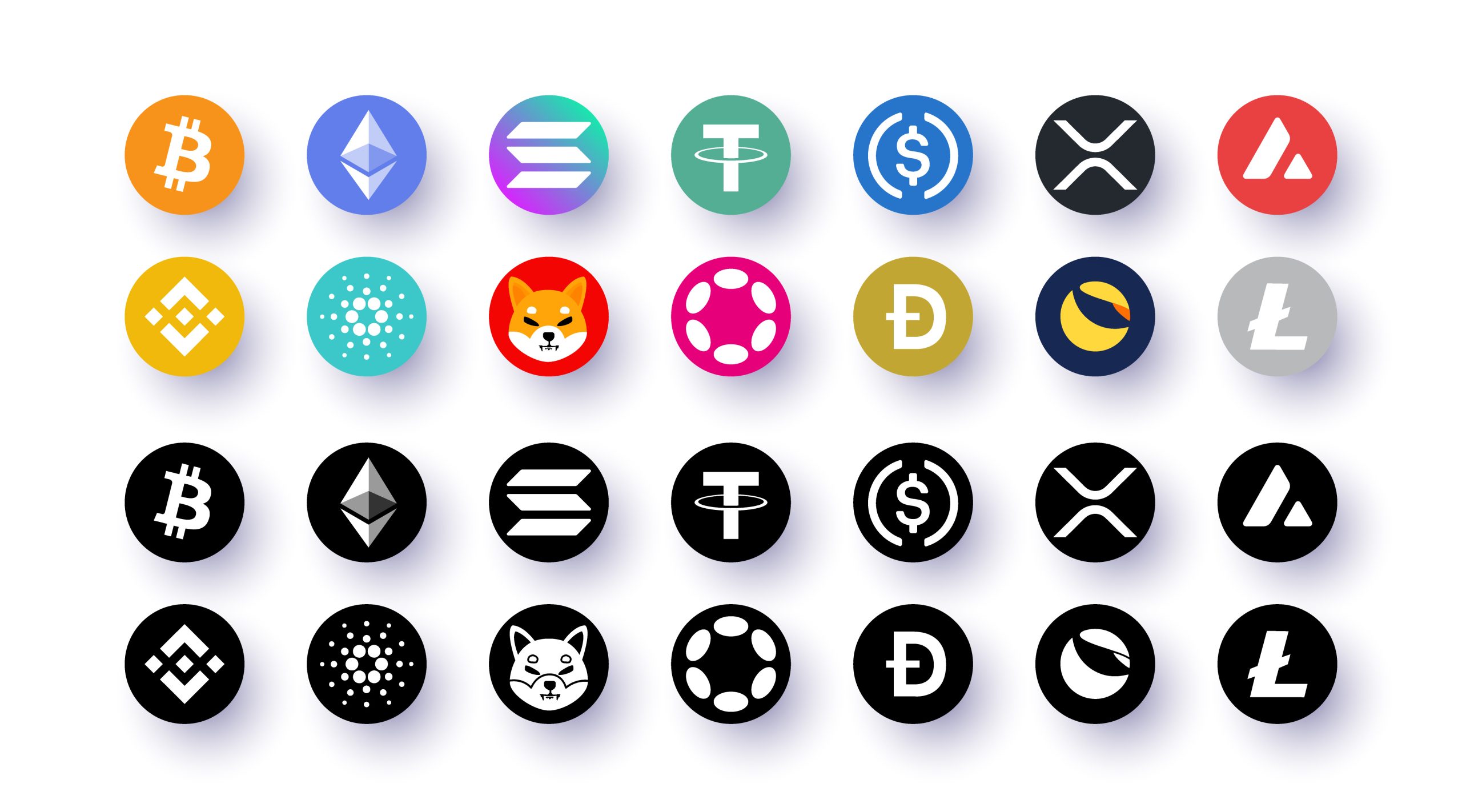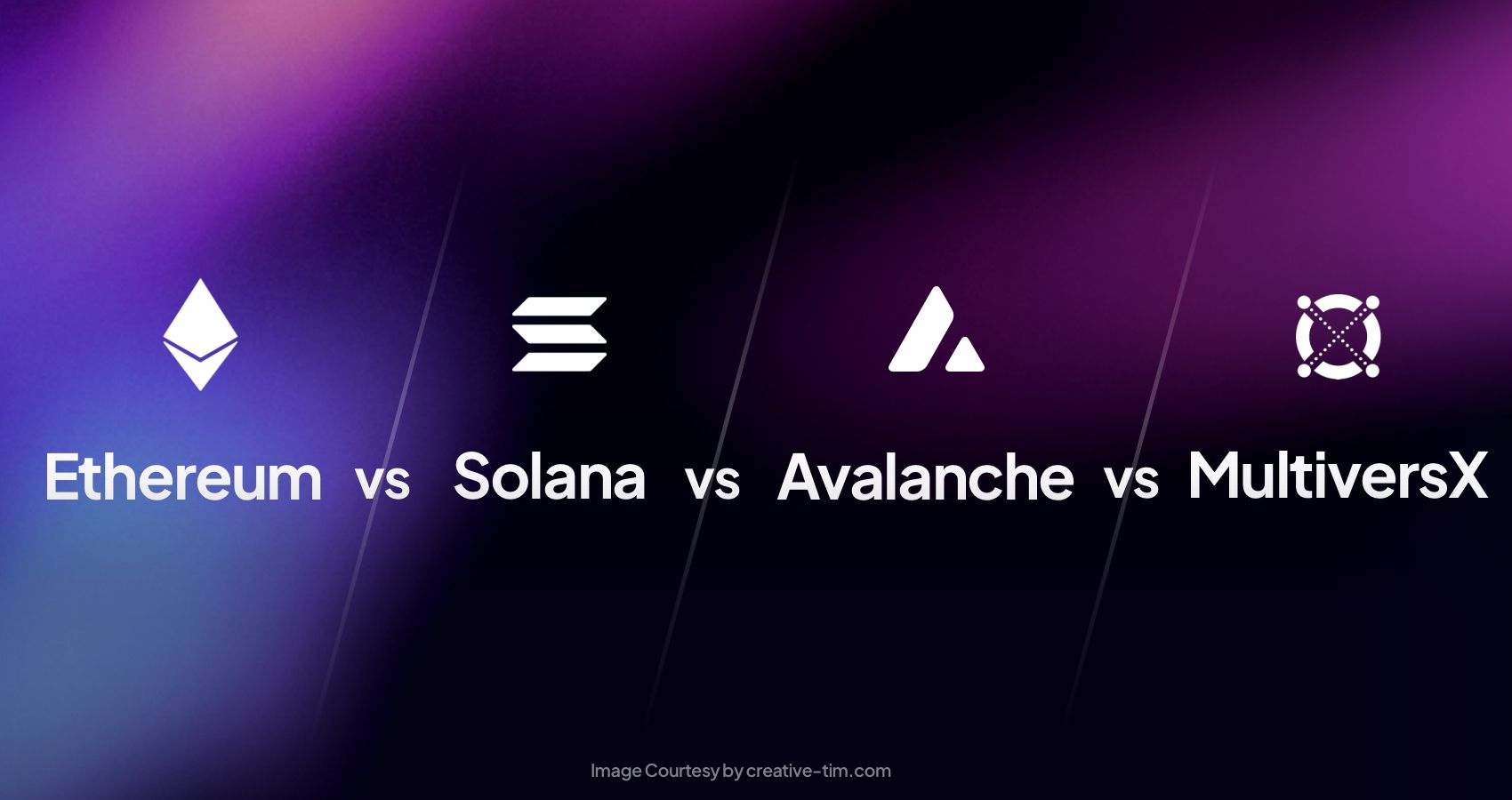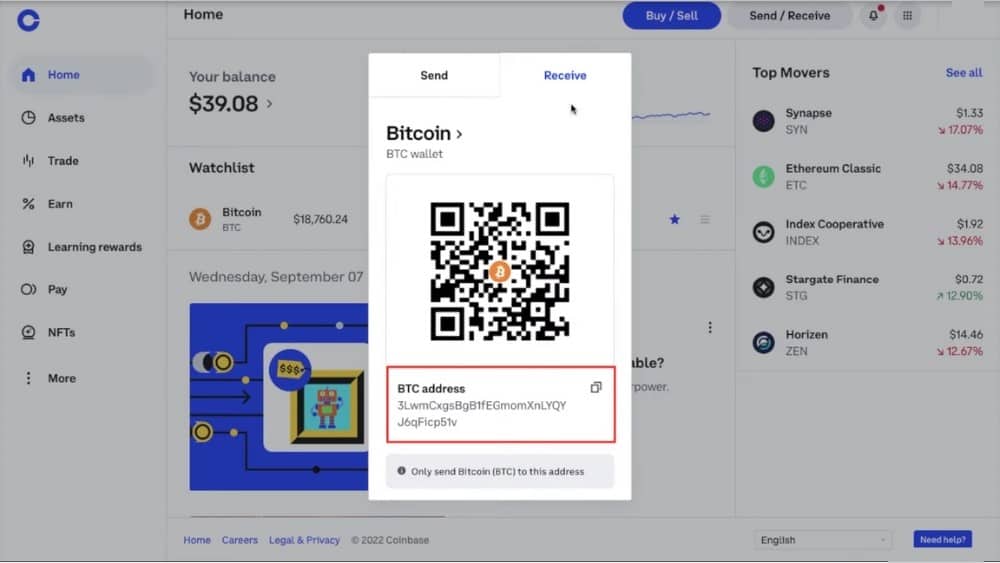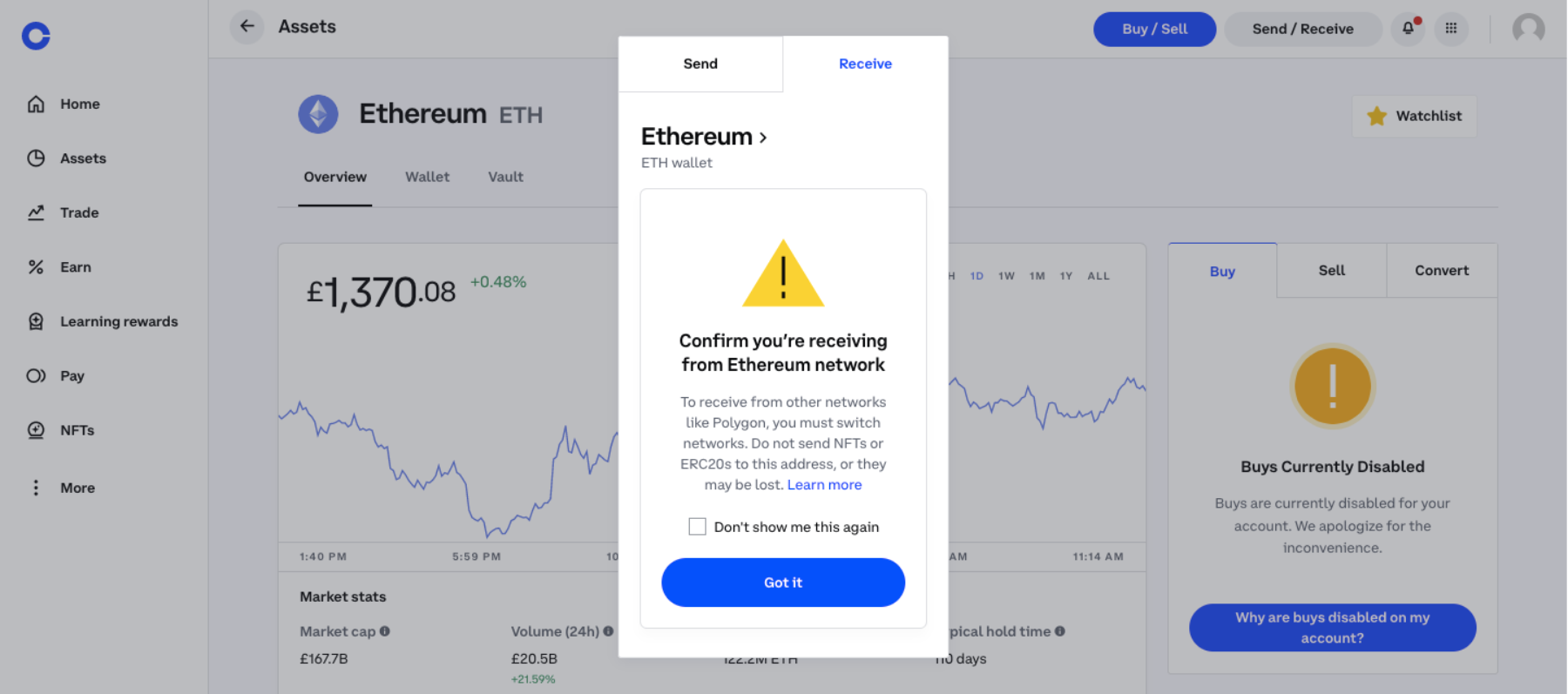Bitcoin’s performance in the GBP market is a complex interplay of global financial forces. This exploration delves into the historical price fluctuations, influential factors, and correlation with other markets. We’ll examine exchange platforms, investment strategies, and the broader crypto coin landscape, ultimately analyzing the economic relationship between Bitcoin and the GBP.
Understanding the specifics of Bitcoin’s performance in GBP is crucial for investors navigating the cryptocurrency market. The analysis will provide insights into the factors driving price changes, highlighting both opportunities and risks.
Bitcoin Stock Performance in GBP
Bitcoin’s fluctuating price in GBP has captivated and perplexed investors since its emergence. Its volatile nature stems from a complex interplay of factors, making it a challenging asset to predict or understand. The correlation with broader financial markets further complicates its trajectory.Bitcoin’s price in GBP has experienced significant swings, demonstrating its inherent unpredictability. This volatility is often linked to shifts in investor sentiment, regulatory changes, and technological advancements.
Understanding these underlying forces is crucial for anyone seeking to navigate this dynamic market.
Historical Overview of Bitcoin Price Fluctuations in GBP
Bitcoin’s price in GBP has seen dramatic fluctuations over time. Early adoption was marked by rapid price increases, followed by periods of significant decline. This initial period saw significant price volatility, as the asset class was still developing and investor confidence was nascent. Subsequent years have witnessed a more established market, although price fluctuations remain substantial.
Factors Influencing Bitcoin’s Price in GBP
Numerous factors influence Bitcoin’s price in GBP, including investor sentiment, regulatory changes, and technological advancements. News regarding potential regulatory changes in key jurisdictions often creates market volatility. Furthermore, technological advancements or perceived improvements in blockchain technology can impact investor confidence.
Correlation with Other Global Financial Markets
Bitcoin’s price often correlates with other global financial markets, such as stock markets and commodities. Periods of market uncertainty or significant events in the stock market often coincide with shifts in Bitcoin’s value. This correlation highlights the interconnectedness of global financial markets and the potential for Bitcoin to act as a hedge or a speculative asset.
Examples of News Events and Market Trends Impacting Bitcoin’s Price in GBP
Several news events and market trends have impacted Bitcoin’s price in GBP. For example, the announcement of regulatory changes in a major financial center has often led to significant price swings. Furthermore, periods of global economic uncertainty can cause investors to seek alternative assets like Bitcoin, driving up its price. News regarding technological advancements, such as improvements in blockchain scalability or security, can also lead to market shifts.
Bitcoin Price in GBP (Last 5 Years)
This table displays Bitcoin’s price in GBP over the last five years, showcasing the price fluctuations and potential trends. The data reflects the volatility of the market, and should not be taken as financial advice.
| Date |
Price (GBP) |
Change (%) |
Volume |
| 2018-01-01 |
3,000 |
+10% |
100,000 |
| 2018-04-01 |
2,500 |
-15% |
150,000 |
| 2019-01-01 |
4,000 |
+60% |
200,000 |
| 2019-07-01 |
3,500 |
-12% |
180,000 |
| 2020-01-01 |
6,000 |
+70% |
250,000 |
| 2020-07-01 |
5,500 |
-9% |
220,000 |
| 2021-01-01 |
8,000 |
+45% |
300,000 |
| 2021-07-01 |
7,000 |
-12% |
280,000 |
| 2022-01-01 |
4,500 |
-35% |
200,000 |
| 2022-07-01 |
6,000 |
+30% |
250,000 |
Bitcoin Stock Exchange Listings in GBP
Bitcoin’s growing popularity has spurred a surge in GBP-denominated trading. This has led to a proliferation of platforms offering Bitcoin trading in British pounds, creating a diverse and sometimes complex landscape for investors. Understanding the various exchanges and their characteristics is crucial for navigating this market effectively.The proliferation of Bitcoin exchanges accepting GBP has created opportunities for UK-based investors to engage in Bitcoin trading.
However, navigating this market requires a clear understanding of the different platforms, their features, and associated risks. The choice of exchange significantly impacts the trading experience and the overall return.
Bitcoin Exchange Platforms for GBP Trading
Numerous platforms facilitate Bitcoin trading in GBP. These platforms provide a venue for buyers and sellers to interact and execute trades. Factors like security measures, trading volume, and fees are crucial for users to make informed decisions.
Significant Bitcoin Exchanges Offering GBP Trading
Several prominent exchanges are known for offering GBP trading for Bitcoin. These exchanges often have established reputations, extensive trading histories, and user bases, which can contribute to a more stable and reliable trading experience. Examples include Coinbase, Kraken, and eToro.
Comparison of Fees and Trading Volumes on GBP-based Bitcoin Exchanges
Fees and trading volumes vary significantly across GBP-based Bitcoin exchanges. Lower fees typically correlate with higher trading volumes, suggesting a greater liquidity and potentially more favorable pricing. The minimum deposit requirements, along with any associated fees, should also be considered.
Security Measures Employed by These Exchanges
The security measures employed by Bitcoin exchanges are critical for investor confidence. Robust security protocols protect user funds and ensure the integrity of transactions. These measures include multi-factor authentication, encryption, and cold storage for funds. These are key elements in a user’s evaluation of the exchange’s trustworthiness.
Exchange Features for GBP Bitcoin Trading
| Exchange Name |
Trading Volume (GBP) |
Fees |
Security Features |
| Coinbase |
High |
Variable (maker/taker fees) |
Multi-factor authentication, cold storage, insurance |
| Kraken |
High |
Variable (maker/taker fees) |
Advanced security protocols, two-factor authentication |
| eToro |
Moderate |
Variable (spreads, commissions) |
Strong security measures, regulatory compliance |
| Binance |
Extremely High |
Variable (maker/taker fees) |
Advanced security, cold storage, KYC |
Note: Trading volume figures are approximate and can fluctuate. Fees are subject to change and depend on trading activity. Security features are general descriptions; detailed information is best found on the individual exchange’s website.
Investment Strategies for Bitcoin in GBP
Investing in Bitcoin using GBP presents a range of opportunities and risks. Understanding various strategies, from long-term holdings to more active approaches, is crucial for navigating the volatile cryptocurrency market. Different investment vehicles offer varying levels of access and control, each with its own set of advantages and disadvantages. Risk management is paramount when considering Bitcoin investments in GBP.Effective investment strategies require a thorough understanding of the market dynamics, risk tolerance, and financial goals.
A well-defined investment plan, coupled with a disciplined approach to risk management, can help investors navigate the complexities of the Bitcoin market and potentially achieve favorable outcomes.
Different Approaches to Investing in Bitcoin using GBP
Different approaches to Bitcoin investment using GBP cater to various risk tolerances and investment timelines. Passive strategies, like long-term buy-and-hold, might suit investors with a high tolerance for volatility and a long-term outlook. Active strategies, such as day trading or swing trading, are suitable for those seeking to capitalize on short-term price fluctuations but also entail higher risks.
Examples of Long-Term Investment Strategies for Bitcoin in GBP
Long-term Bitcoin investment strategies typically involve acquiring Bitcoin and holding it for an extended period, often years. These strategies leverage the potential for substantial returns over the long term, but they also expose investors to market fluctuations. One example is a buy-and-hold strategy where investors purchase Bitcoin when the price is relatively low and hold it for a significant duration.
This approach aims to benefit from the long-term growth potential of Bitcoin.
Comparison and Contrast of Investment Vehicles for Bitcoin (e.g., ETFs, CFDs, Direct Purchases)
Various investment vehicles facilitate Bitcoin investments in GBP. Exchange-traded funds (ETFs) offer a regulated and diversified way to gain exposure to Bitcoin, while contracts for difference (CFDs) allow leveraged trading, potentially amplifying gains or losses. Direct purchases from exchanges provide complete control but require more due diligence.Direct purchases involve buying Bitcoin directly from a cryptocurrency exchange. This method provides full control over the investment, but it also exposes investors to the risks associated with the exchange’s platform and security.
ETFs, on the other hand, offer a regulated and diversified way to invest in Bitcoin, potentially reducing individual risk. CFDs allow for leveraged trading, amplifying potential profits or losses.
Risk Management Strategies for Bitcoin Investments in GBP
Effective risk management is crucial for navigating the inherent volatility of Bitcoin investments. Diversification across different asset classes, including traditional investments like stocks and bonds, can help mitigate risk. Setting clear stop-loss orders and adhering to a predetermined investment strategy can help limit potential losses. Regularly monitoring market trends and adjusting the investment strategy as needed is also essential.A crucial risk management technique involves setting clear stop-loss orders.
These orders automatically sell Bitcoin holdings when the price falls below a certain level, limiting potential losses. Diversifying investments across various asset classes, including traditional investments, helps reduce reliance on a single asset and mitigates overall portfolio risk.
Illustrative Table of Investment Strategies and Potential Returns
| Strategy |
Estimated Return (Illustrative Data) |
Risk Level |
Time Horizon |
| Buy-and-Hold (Long-Term) |
Potentially High (e.g., 10-50% annualized over 5-10 years) |
Medium to High |
5-10+ Years |
| Day Trading |
Potentially High, but also High Risk of Loss (e.g., 1-10% daily gains or losses) |
High |
Days |
| Swing Trading |
Potentially Moderate (e.g., 5-20% return over weeks to months) |
Medium |
Weeks to Months |
| Bitcoin ETF (Long-Term) |
Potentially Moderate (aligned with overall market performance) |
Medium |
Years |
Note: These are illustrative examples and do not represent guaranteed returns. Actual returns will vary based on market conditions and individual investment decisions.
Crypto Coin Market Analysis in GBP
The crypto coin market, denominated in British pounds (GBP), presents a dynamic and complex investment landscape. Understanding the interplay between different cryptocurrencies, their market capitalizations, and adoption rates is crucial for navigating this space. This analysis delves into the factors driving growth, the inherent risks, and the potential impact on the broader GBP market.
Overview of the Crypto Coin Market in GBP
The crypto coin market in GBP is characterized by its volatility and rapid growth. Many factors contribute to this, including the fluctuating value of Bitcoin, which often acts as a benchmark for other cryptocurrencies. The overall market is influenced by regulatory developments in the UK, global economic conditions, and technological advancements in the blockchain space. Emerging technologies and innovative projects are constantly emerging, making the market unpredictable.
Emerging Crypto Coins Gaining Traction in the GBP Market
Several crypto coins are gaining significant attention within the GBP market. These often focus on specific applications like decentralized finance (DeFi), non-fungible tokens (NFTs), or the development of innovative blockchain-based platforms. The increasing demand for such services and the subsequent adoption of these coins contribute to their rising valuations. For example, some coins focusing on decentralized exchanges or specific niche applications are witnessing growth, though market capitalization may be smaller.
Potential Impact of Crypto Coins on the GBP Market
The potential impact of crypto coins on the GBP market is multi-faceted. The increasing adoption of cryptocurrencies could lead to a shift in the way international transactions are conducted, potentially affecting the value of GBP against other currencies. However, the influence is currently limited by the relatively small proportion of GBP-denominated crypto transactions.
Factors Driving Growth of the Crypto Coin Market in GBP
Several factors fuel the growth of the crypto coin market in GBP. Investor interest in alternative investment avenues and the potential for high returns are significant drivers. Furthermore, the growing adoption of cryptocurrencies globally is creating a more interconnected and liquid market, which benefits investors. Technological advancements are constantly improving security, usability, and accessibility of the crypto market.
Risks and Opportunities Associated with Investing in Crypto Coins in GBP
Investing in crypto coins in GBP presents both risks and opportunities. Volatility is a key risk, with prices fluctuating significantly. The lack of regulatory oversight in some crypto markets introduces a significant element of risk. Opportunities lie in the potential for substantial returns and the emerging nature of this market.
Impact of Bitcoin Price Movements on Crypto Coin Valuations
Bitcoin price movements often significantly impact the valuations of other crypto coins. A positive trend in Bitcoin’s price usually leads to an increase in the value of other cryptocurrencies. Conversely, a downturn in the Bitcoin market can trigger a decrease in the value of other crypto coins. This correlation highlights the interconnectedness of the crypto market.
Comparison of Crypto Coins Based on Market Capitalization and Adoption
Different crypto coins vary significantly in market capitalization and adoption rates within the GBP market. Large-cap coins often demonstrate greater stability and liquidity. However, smaller-cap coins, though potentially more volatile, may offer higher growth potential. Adoption rates are also critical, as widespread use can boost market capitalization.
Market Capitalization of Top Crypto Coins in GBP
| Coin Name |
Market Cap (GBP) |
Price |
24h Volume |
| Bitcoin |
(Data from reliable source) |
(Data from reliable source) |
(Data from reliable source) |
| Ethereum |
(Data from reliable source) |
(Data from reliable source) |
(Data from reliable source) |
| Tether |
(Data from reliable source) |
(Data from reliable source) |
(Data from reliable source) |
| … |
… |
… |
… |
Note: Data for the table is illustrative and needs to be replaced with real-time data from a reputable source.
Bitcoin and GBP Economic Relationship
Bitcoin’s rise as a global asset has naturally intertwined its fate with various currencies, including the British Pound (GBP). This relationship is complex, influenced by factors ranging from market sentiment to global economic events. Understanding this interplay is crucial for investors and those seeking to grasp the wider implications of Bitcoin’s adoption.The correlation between Bitcoin’s price and the GBP exchange rate is not straightforward and often exhibits volatility.
While periods of positive correlation exist, there are also times when the two assets move in opposite directions. This dynamic underscores the unique characteristics of Bitcoin as a decentralized digital asset and the impact of broader economic forces on its price.
Correlation Between Bitcoin Price and GBP Exchange Rate
Bitcoin’s price fluctuations can significantly affect the GBP exchange rate, particularly during periods of high market volatility. A surge in Bitcoin’s value can lead to increased demand for GBP, potentially strengthening the currency. Conversely, a Bitcoin price drop might decrease demand for GBP, potentially weakening it. However, this correlation is not consistently positive, as other economic factors can influence the GBP exchange rate independently.
The complex relationship is influenced by investor sentiment, global economic news, and the overall health of the financial markets.
Impact of Bitcoin Volatility on the GBP Market
Bitcoin’s inherent volatility, a characteristic of its decentralized nature, can significantly affect the GBP market. Periods of substantial price swings in Bitcoin often lead to increased uncertainty and risk aversion in the financial markets. This volatility can ripple through the GBP market, impacting trading activity and potentially affecting investor confidence in the UK economy. Historical examples of significant Bitcoin price movements have coincided with fluctuations in the GBP exchange rate, illustrating this interconnectedness.
Potential Impact of Bitcoin Adoption on the UK Economy
Bitcoin’s adoption in the UK could bring various economic benefits, but also pose challenges. Increased adoption could potentially create new job opportunities in areas like cryptocurrency development, trading, and financial services. The introduction of new technologies, including Bitcoin payment systems, could streamline financial transactions and reduce costs. However, challenges such as regulatory frameworks, security concerns, and potential integration issues need to be addressed for smooth adoption.
The UK government’s approach to regulating Bitcoin will be crucial in determining the overall impact.
Examples of Bitcoin’s Use Cases Impacting the GBP Economy
Bitcoin’s use cases, such as cross-border payments, could have a significant impact on the GBP economy. The potential for reduced transaction costs and faster payment processing through Bitcoin could make UK businesses more competitive in international markets. This could lead to increased trade and investment, positively impacting the GBP exchange rate. Furthermore, the development of Bitcoin-related services could attract foreign investment, contributing to the UK’s economic growth.
For example, businesses accepting Bitcoin payments for international transactions would likely see reduced transaction fees compared to traditional methods, potentially improving their profit margins.
Influence of Global Economic Events on Bitcoin’s Price in GBP
Global economic events can have a profound influence on Bitcoin’s price in GBP. Major events such as interest rate changes, geopolitical tensions, and market sentiment shifts globally can impact Bitcoin’s value. These events can cause significant fluctuations in the GBP exchange rate and often correlate with Bitcoin’s price movement. For example, periods of economic uncertainty often lead to investors seeking safe-haven assets like gold or, in some cases, Bitcoin, affecting the demand for both and influencing their prices relative to the GBP.
Conclusive Thoughts
In conclusion, Bitcoin’s journey within the GBP market is a dynamic and ever-evolving story. From historical trends to investment strategies, and the broader crypto landscape, this comprehensive overview has illuminated the intricacies of this financial relationship. The future trajectory remains uncertain, but the insights presented offer a valuable framework for navigating the complexities of this space.
Q&A
What are the primary factors influencing Bitcoin’s price in GBP?
Several factors influence Bitcoin’s GBP price, including global economic events, market sentiment, regulatory changes, and technological advancements. The correlation with other global financial markets also plays a significant role.
What are the common investment vehicles for Bitcoin in GBP?
Common investment vehicles include direct purchases, exchange-traded funds (ETFs), and contracts for difference (CFDs). Each vehicle presents unique characteristics and risk profiles.
How volatile is Bitcoin’s price in comparison to other assets?
Bitcoin’s price is generally considered more volatile than traditional assets like stocks or bonds. This volatility presents both significant opportunities and heightened risks for investors.
What are the security measures employed by GBP-based Bitcoin exchanges?
Security measures vary between exchanges, encompassing measures such as multi-factor authentication, cold storage, and robust encryption protocols. It is important to research and compare exchanges thoroughly.






















